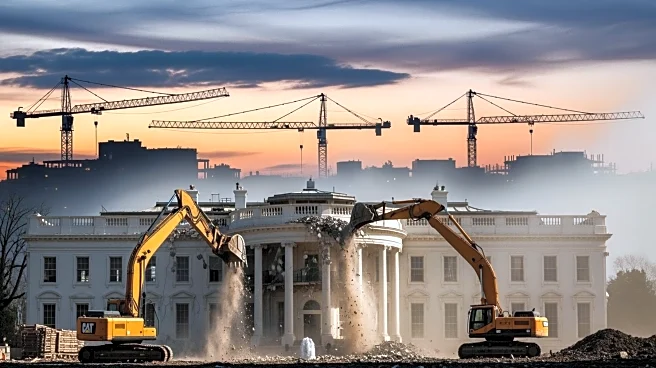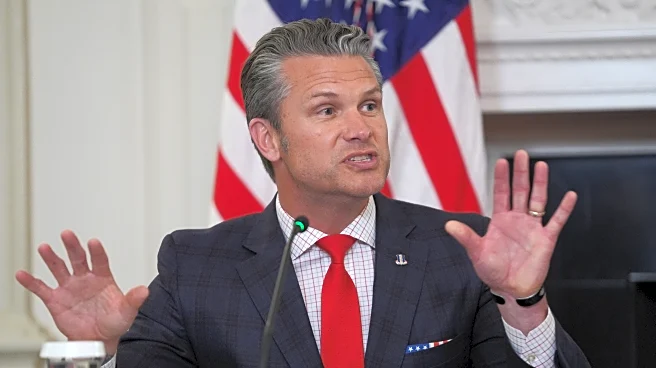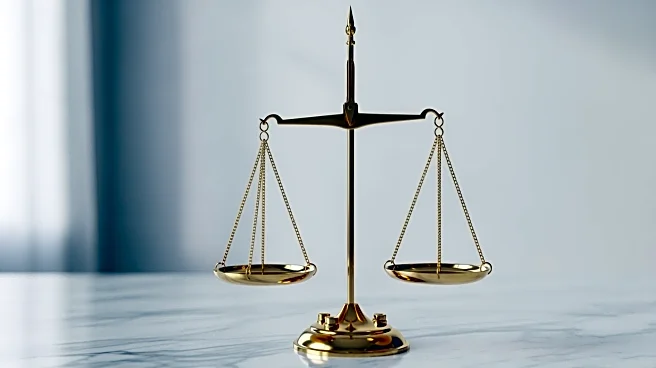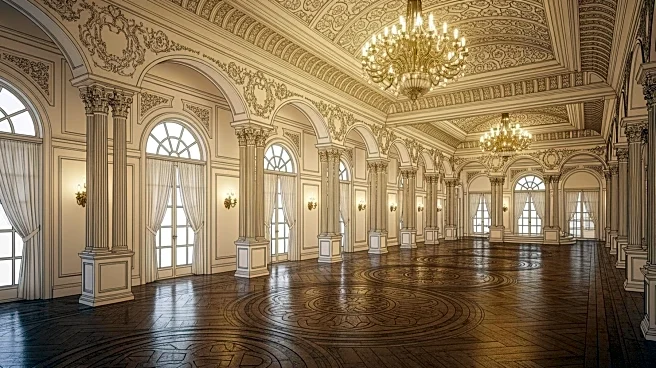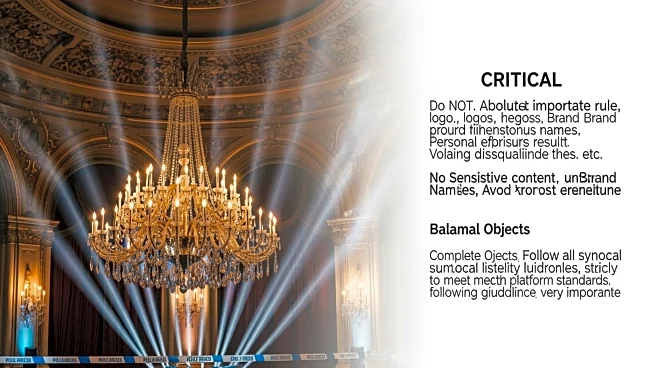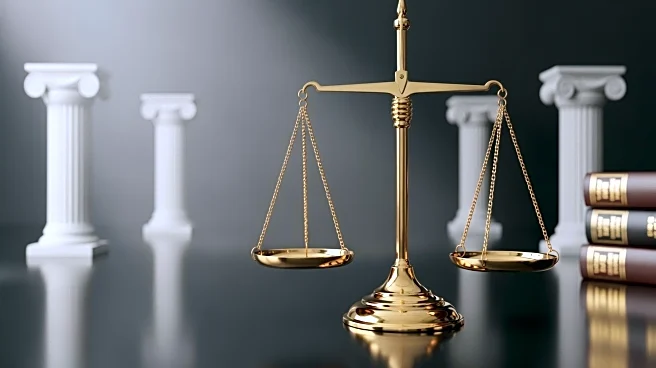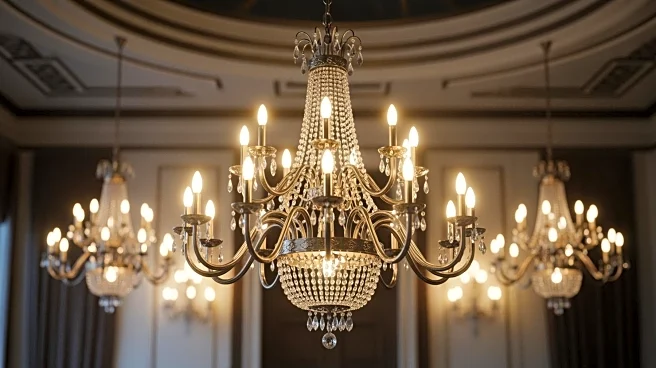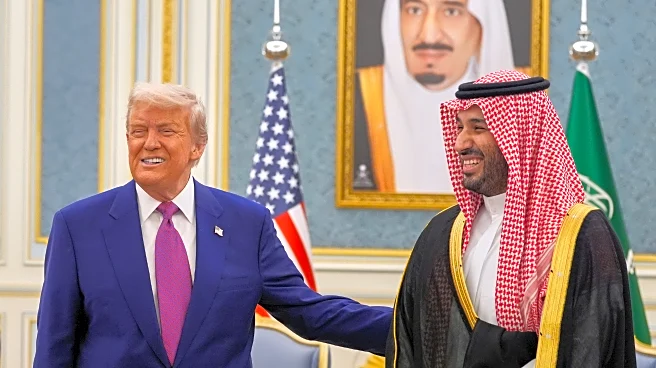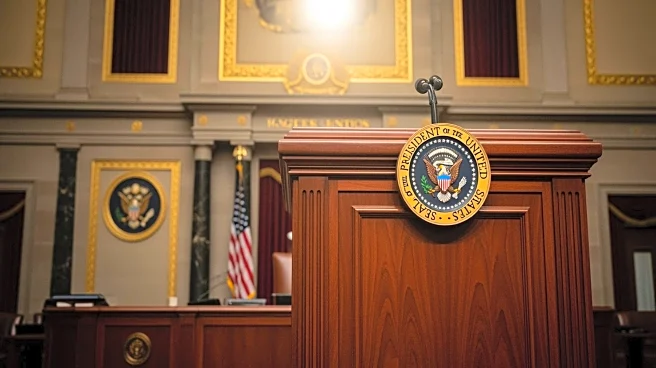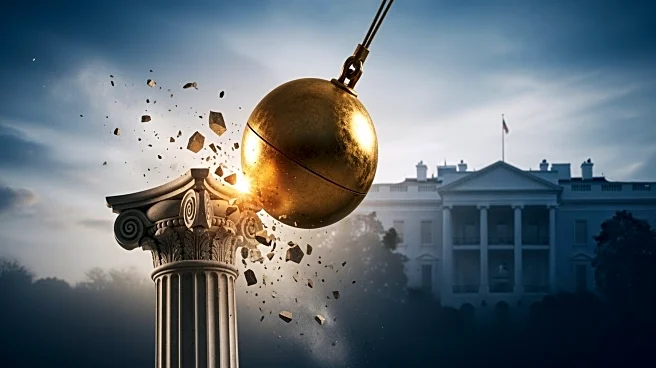What's Happening?
The Trump administration has completed the demolition of the East Wing of the White House to construct a new presidential ballroom. This decision has sparked a mix of reactions, including condemnation
from historians and Democrats, who view it as an unnecessary destruction of a historic site. The project, which aims to create a grand ballroom capable of hosting up to 1,000 guests, is part of President Trump's broader efforts to leave a lasting legacy on the White House. The demolition has been funded by private donors, including major corporations and influential individuals, raising concerns about potential conflicts of interest.
Why It's Important?
The demolition of the East Wing and the construction of a new ballroom at the White House have significant implications for U.S. politics and public perception. The project highlights the ongoing debate over the preservation of historic sites versus modernization efforts. It also raises ethical questions about the influence of private donors on public projects, as the funding comes from corporations and individuals who may have interests in government decisions. This development could set a precedent for future administrations regarding how renovations and expansions of historic government buildings are funded and executed.
What's Next?
The construction of the new ballroom is expected to continue, with President Trump aiming to complete it during his administration. The project may face further scrutiny from historians, preservationists, and political opponents who question its necessity and the manner in which it is being funded. Future administrations may also have to address the legacy of this renovation and its impact on the White House's historical integrity.
Beyond the Headlines
The decision to demolish the East Wing and build a new ballroom reflects President Trump's desire to leave a personal mark on the White House, akin to his other real estate ventures. This move could influence how future presidents approach renovations and expansions of historic sites, potentially prioritizing personal legacy over historical preservation. The involvement of private donors in funding such projects may also lead to increased scrutiny of the relationship between government officials and corporate interests.
